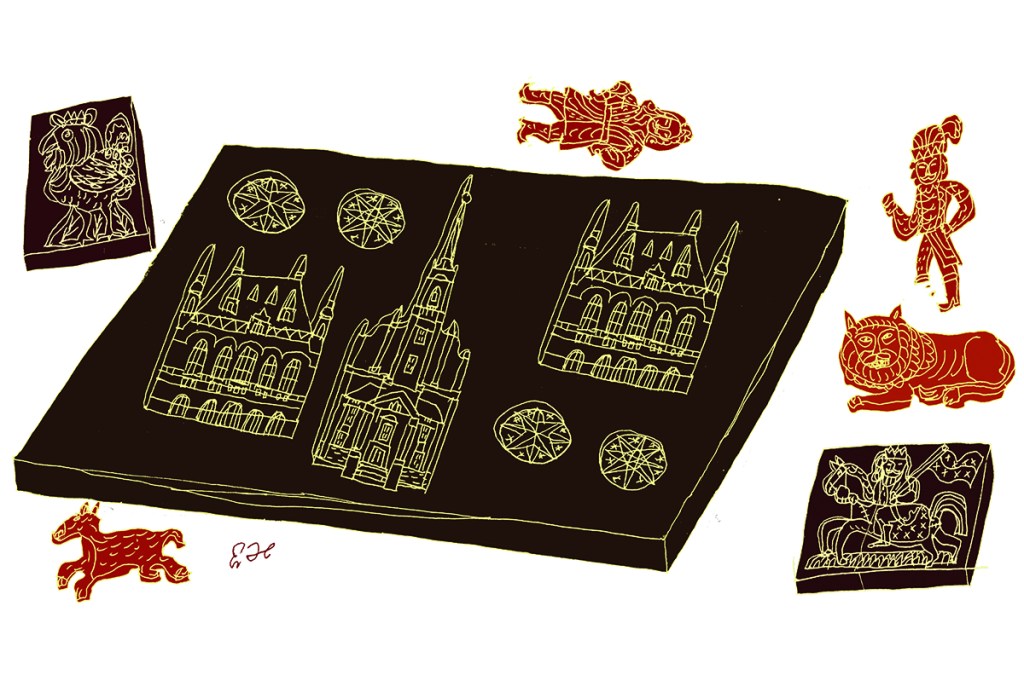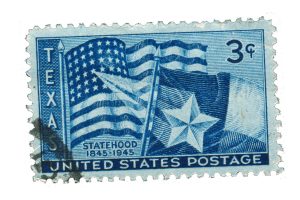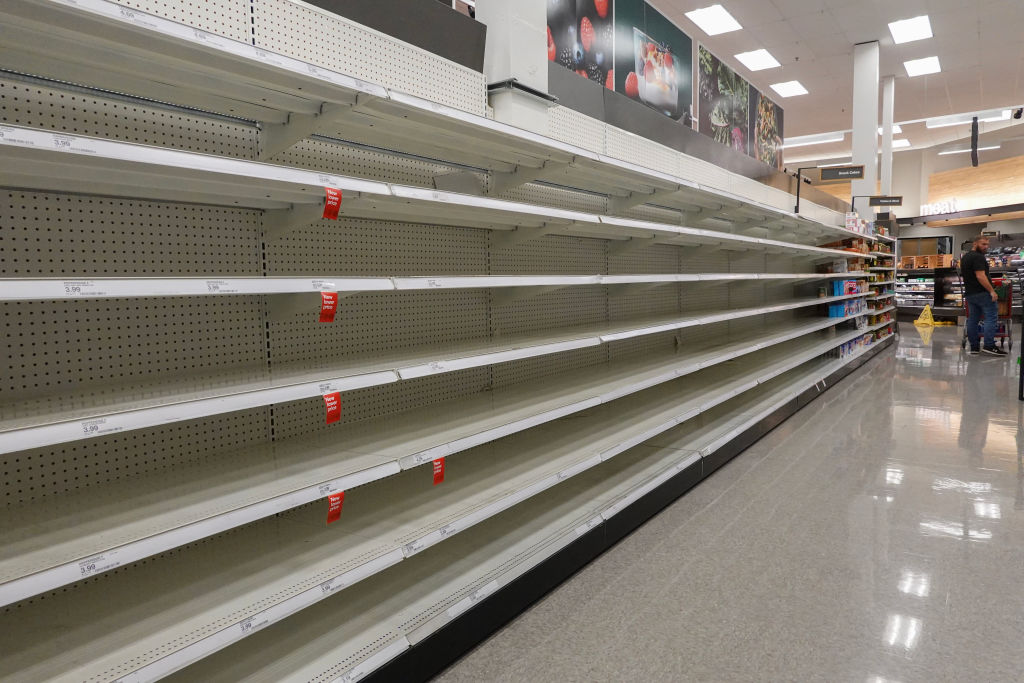To celebrate my birthday, which falls six days before Christmas, my mother used to make gingerbread houses for me and a dozen of my friends. Every December, she set to work baking sheet after sheet of gingerbread. The baking would take up the first week of the month, and in the second she would assemble the houses, laying their icing foundations and sealing the four walls with crisp white frosting. These would dry in the basement laundry room, taking up every available surface. After school, I would peep at the houses and dream about my party.
On the big day, my mom set out each perfect house at the formal dining room table, and we convened to decorate them. The table was adorned with an emerald-green tablecloth and small glass bowls filled with colored candies of just about every sort. There were red, white and green peppermint drops to be used for shingles, Red Hots cinnamon candies for perfect cherry-colored doorknobs, pink and yellow ribbon candy for the eaves, multi-colored canes for pillars and lamp posts and, to finish off, plump chocolate Santas and Mrs. Clauses which we would fix on the front lawns with more icing.
When I grew too old for gingerbread-house parties, my mother started making one giant gingerbread house to put up for the school auction. Decorating my own gingerbread house as a child was an annual delight, but watching my mother decorate hers was watching an artist at work. Again, she spent the first week of December baking the gingerbread, but these houses would stand perhaps two feet tall and the same width and depth, which meant she had to bake six cubic feet of gingerbread. I wanted to watch her assemble the house so badly, but the stakes were too high. She made me leave the room while she built it and called me back in nervous excitement, proud but too anxious about it falling apart to appear so.
The real joy, though, was not in the size, but the detail. The decorating was the fun part, and I got to watch this bit. Every centimeter of gingerbread was intricately laced with white frosting. Tiny shingles like mermaid’s scales, swirling gables and peaked wooden shutters, which had all been individually baked, were secured and then hand-frosted. My mother was ingenious. She would melt hard candies in the oven inside gingerbread gothic arched windows, and out would come perfect edible stained-glass windows. When the whole thing was complete, she put little tealights inside so that it glowed and lit up the candy-stained glass. She bought little Dickens-style figurines to dot around the scene, a newsboy shouting, mouth cupped by bright red mittens, a mother and daughter ice-skating across the frozen mirror pond outside the house, a red robin sitting in a shrub by the living room window. I wanted desperately to be small enough to go inside.
Thanks to my mother’s efforts, I always associated gingerbread with fond childhood experiences unique to Christmas. So it came as a shock when, after moving to Britain, I noticed gingerbread men out and about at odd times of the year — Easter, no less!
Nestled in the harbor town of Rye, just around the corner from Henry James’s Georgian home and adjacent to John Fletcher’s birthplace, is a little bakery called Simon the Pieman, and this is where I first encountered gingerbread “out of season.” My husband ordered two and, while he was eating both, deflected my outrage that gingerbread was being sold in March. “You can’t have gingerbread — it’s not Christmas!” Usually, it’s the other way around, and the English are the ones telling me I can’t do Christmas things outside of Christmas (like listen to Mariah Carey’s Christmas album). But it’s true — gingerbread for Europeans really isn’t just for Christmas.
Gingerbread cookies, or “fairings,” since they used to be served at festival markets, gained their holiday association over many centuries. One apocryphal story credits Queen Elizabeth I with the tradition of decorating little ginger biscuits shaped like men. They were said to resemble dignitaries who had visited her court.
Gingerbread cookies have long been a staple of fairs and festivals in Britain and across Europe, because they were a relatively inexpensive form of sweet. Bakers changed the shapes of the biscuits with the season — flowers in the spring, for example. Other common shapes included animals — horses, swans, scaly fish — and good-luck charms — horseshoes, hearts, even a mother-and-child icon of Mary holding Jesus. Gingerbread is thought to bring good luck, possibly because of ginger’s medicinal qualities. It soothes nausea and anxiety and, according to Henry VIII, could even ward off the plague.
Recipes varied across the continent, and even within England. In Cornwall, ginger biscuits were sprinkled with sugar-coated caraway seeds, candied angelica, almond comfits and macaroons. Upmarket bakeries might have decorated the biscuits in Dutch gold, an alloy of copper and zinc, to mimic gold leaf.
Some master gingerbread makers don’t need gold leaf or macaroons to dress up their biscuits — the artistry is all in the mold. The ancient Polish city of Toruń is home to the Gingerbread Museum, housed in what was a nineteenth-century gingerbread factory. The gingerbread molds on display there are exquisite, like wooden reliefs of the figures on a pack of cards — kings and queens in heavy brocade, round carriages with coachman and groom, a perfect gingerbread Cinderella image. Disney animators could easily have lifted the design for their 1950 film from there.
As with many modern Christmas traditions, Queen Victoria and Prince Albert popularized giving gifts of gingerbread at Christmas. In their case it was a gift of “two bits of gingerbread surrounded with branches of holly and candles.” Albert dressed as Santa Claus and doled out the biscuits to his children for being good. He brought the Christmas tree to Britain too, so thanks, Albert. Indeed, it seems as though many of America’s most prominent Christmas traditions derive from Britain and Germany via Victoria and Albert.
But the British don’t really go in for gingerbread houses, and I miss them. This year I shall revive my American mother’s tradition of baking a gingerbread house for each of my two children, and one day, when they’re older, I will make a grand Victorian-shaped gingerbread house myself. I’ll even let them watch me assemble it.
This article was originally published in The Spectator’s December 2022 World edition.

























